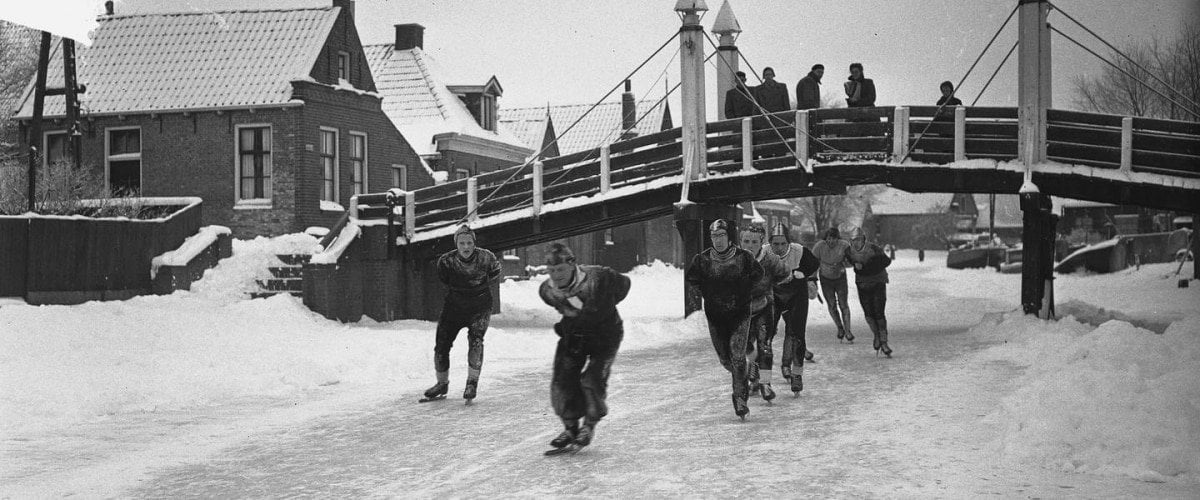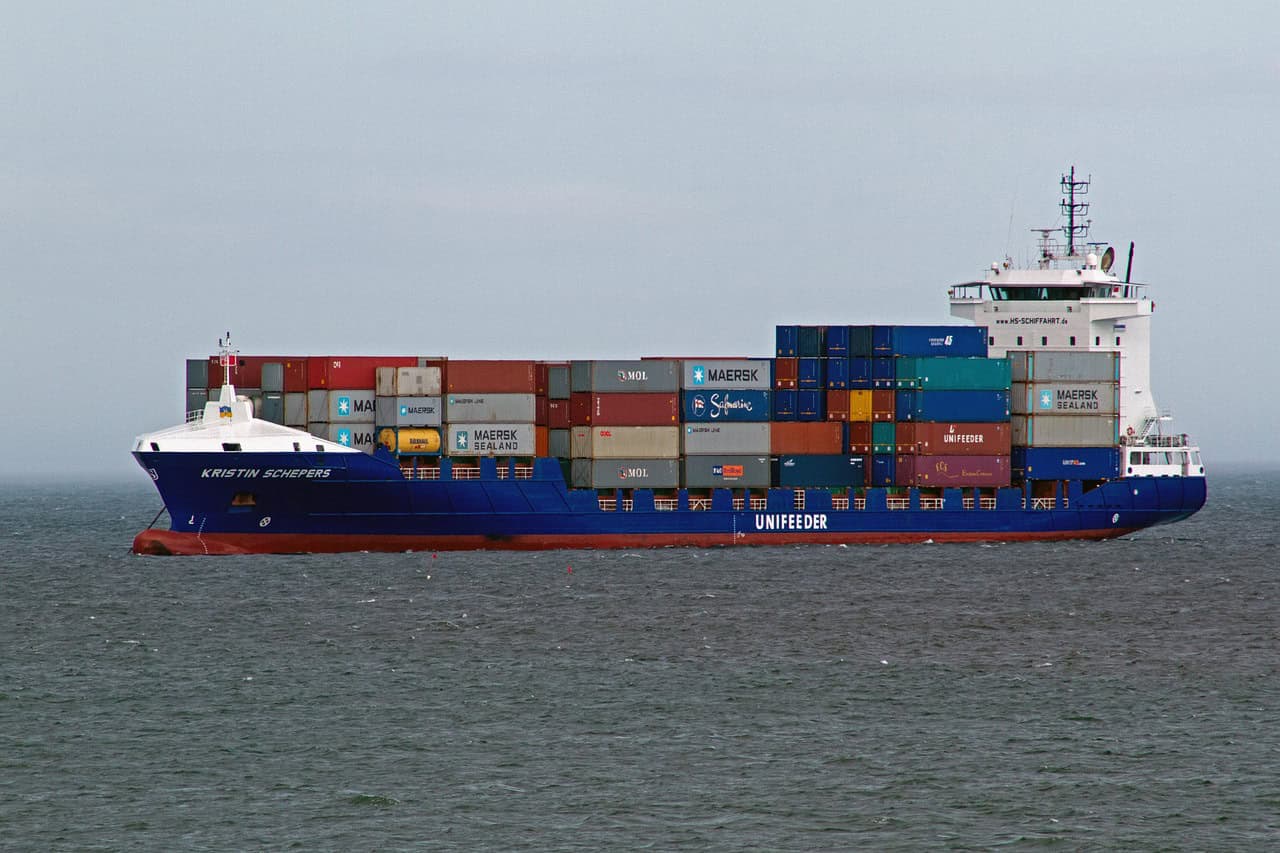
The Arctic climate changes will not increase the chance of colder winters in the short term. Analysis of climate models shows that relatively cold winters and Arctic sea ice decline occur simultaneously, but that one does not cause the other.
Europe hasn’t felt it as much as elsewhere, but there has been a noticeable increase in extremely cold winters, for example in North America. Recent studies into the relationship between the decline in sea ice at the North Pole and ice-cold winters at mid-latitudes, such as the Polar Vortex cold waves in North America, seem to suggest that there is a link between cold winters and Arctic changes. However, the mechanisms behind this relationship have so far been unclear, mainly due to the chaotic nature of the climate system. This is now finished thanks to the publication of a scientific article in Nature Climate Change.
This article makes use of an extensive set of climate data produced by two detailed climate models, including the KNMI climate model EC-Earth. This large amount of climate data enables statistical connections that were previously hidden in the noise of the climate system.
Analysis of the model data shows that relatively cold winters and Arctic sea ice decline appear to be the result of an entirely different mechanism, namely large-scale deviations in atmospheric circulation. An important aspect of this study is that both climate models come to exactly the same conclusion. In addition, a separate simulation with imposed sea ice decrease does not lead to cold winters in our regions at all.
Honorary professor Richard Bintanja of the University of Groningen, who collaborated on the analysis: “The findings in our article show that a further decrease in Arctic sea ice in the near future will most likely not lead to more and intense wintry cold waves, because episodes with little Arctic sea ice are the result of unusual atmospheric circulation patterns and not the cause.”








